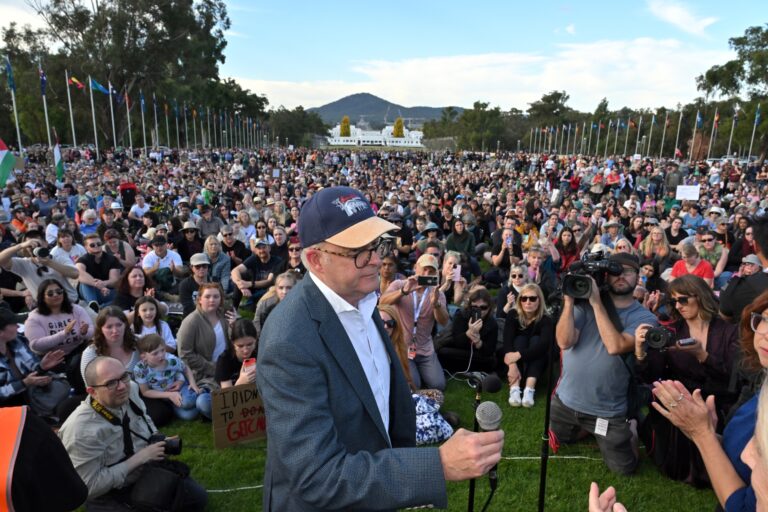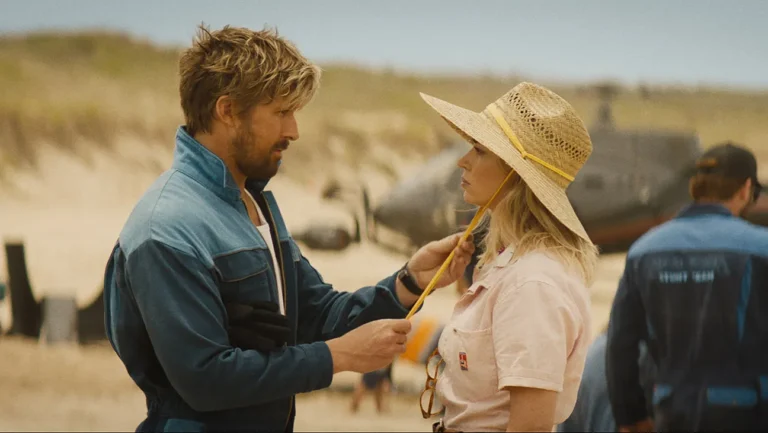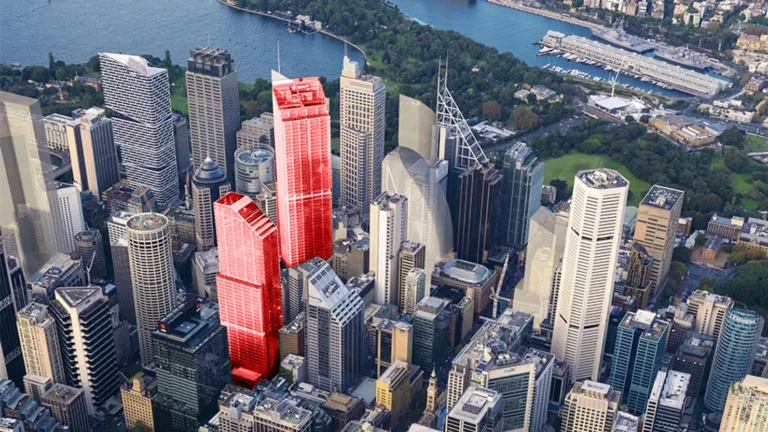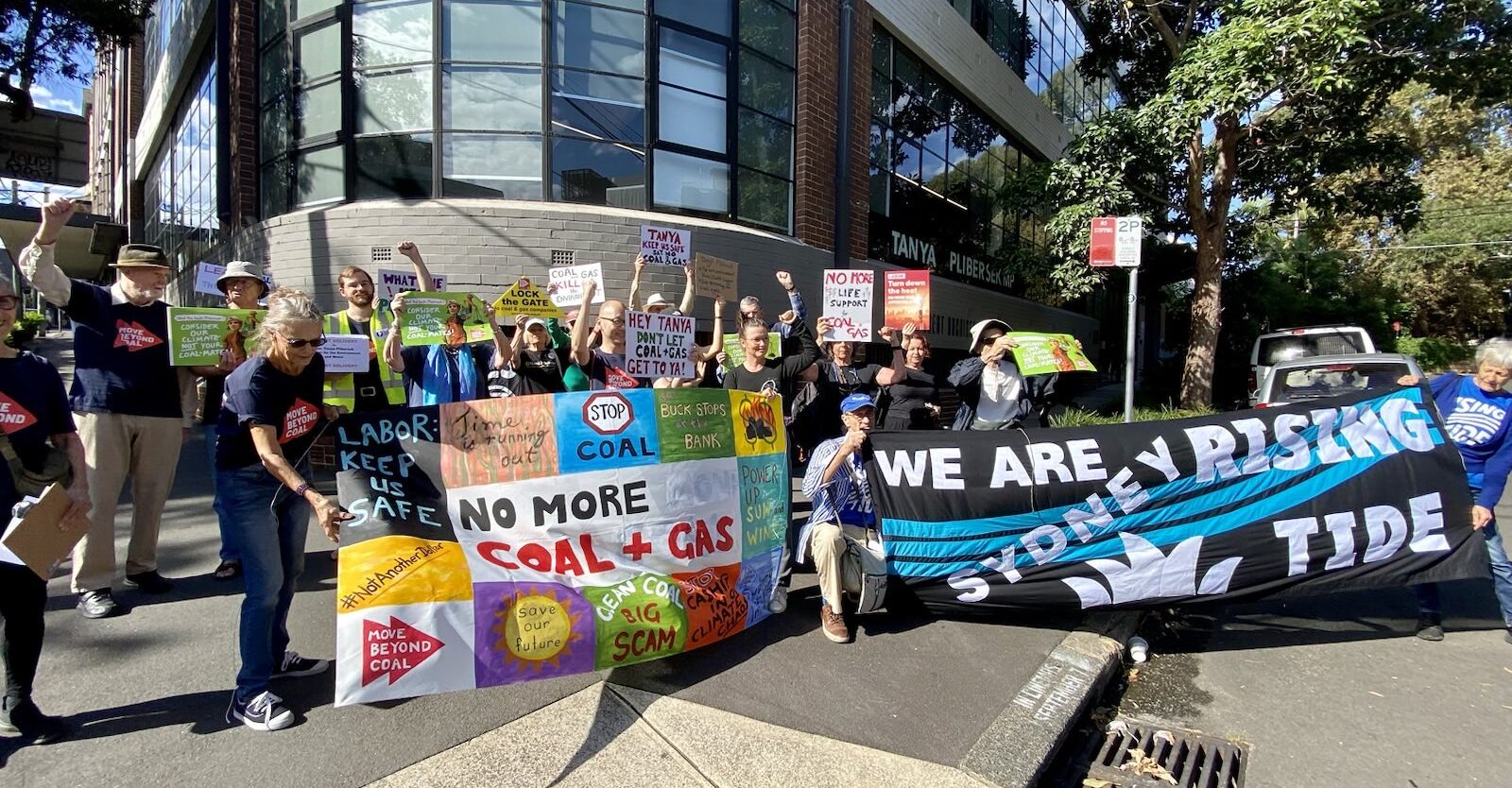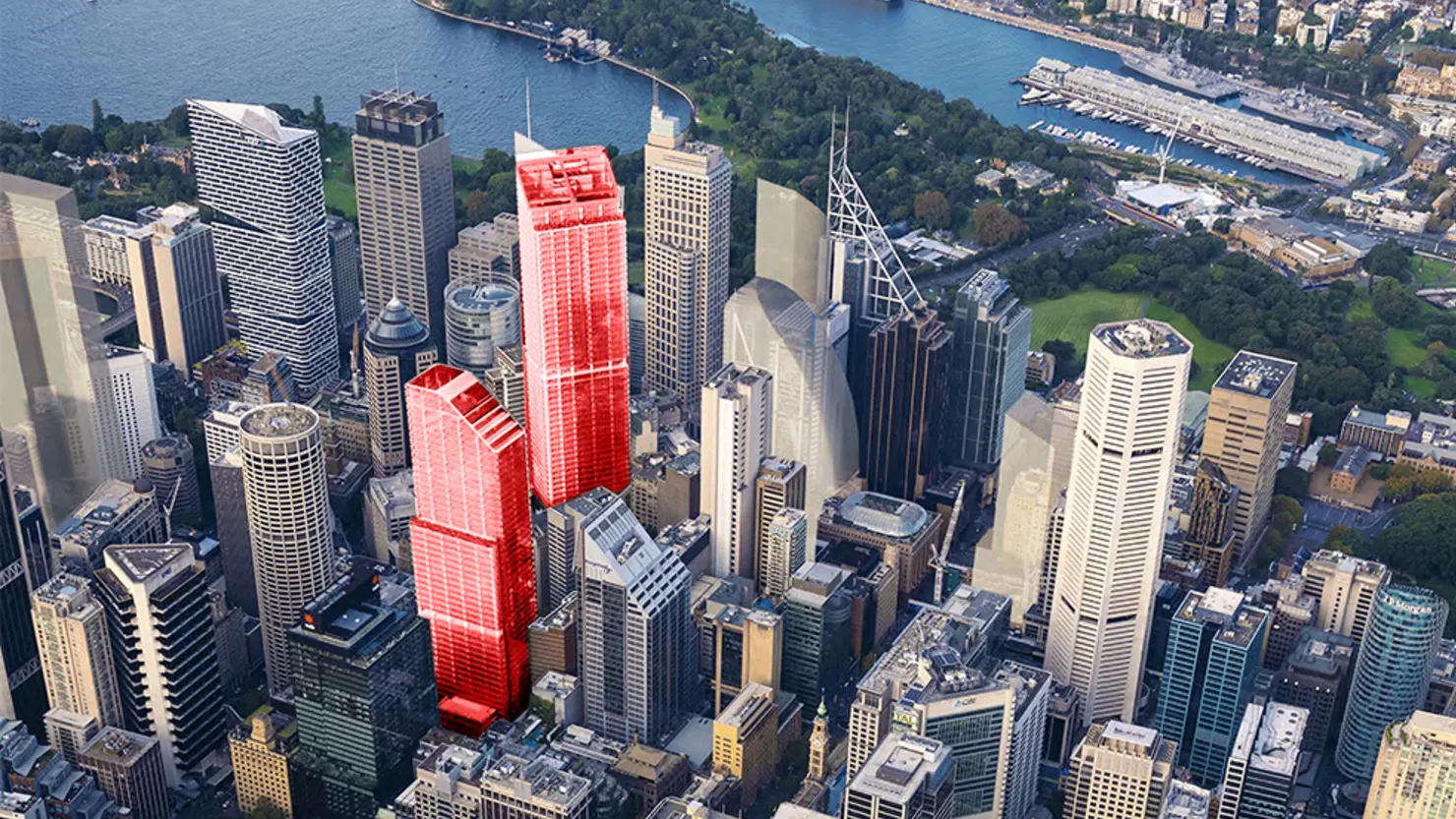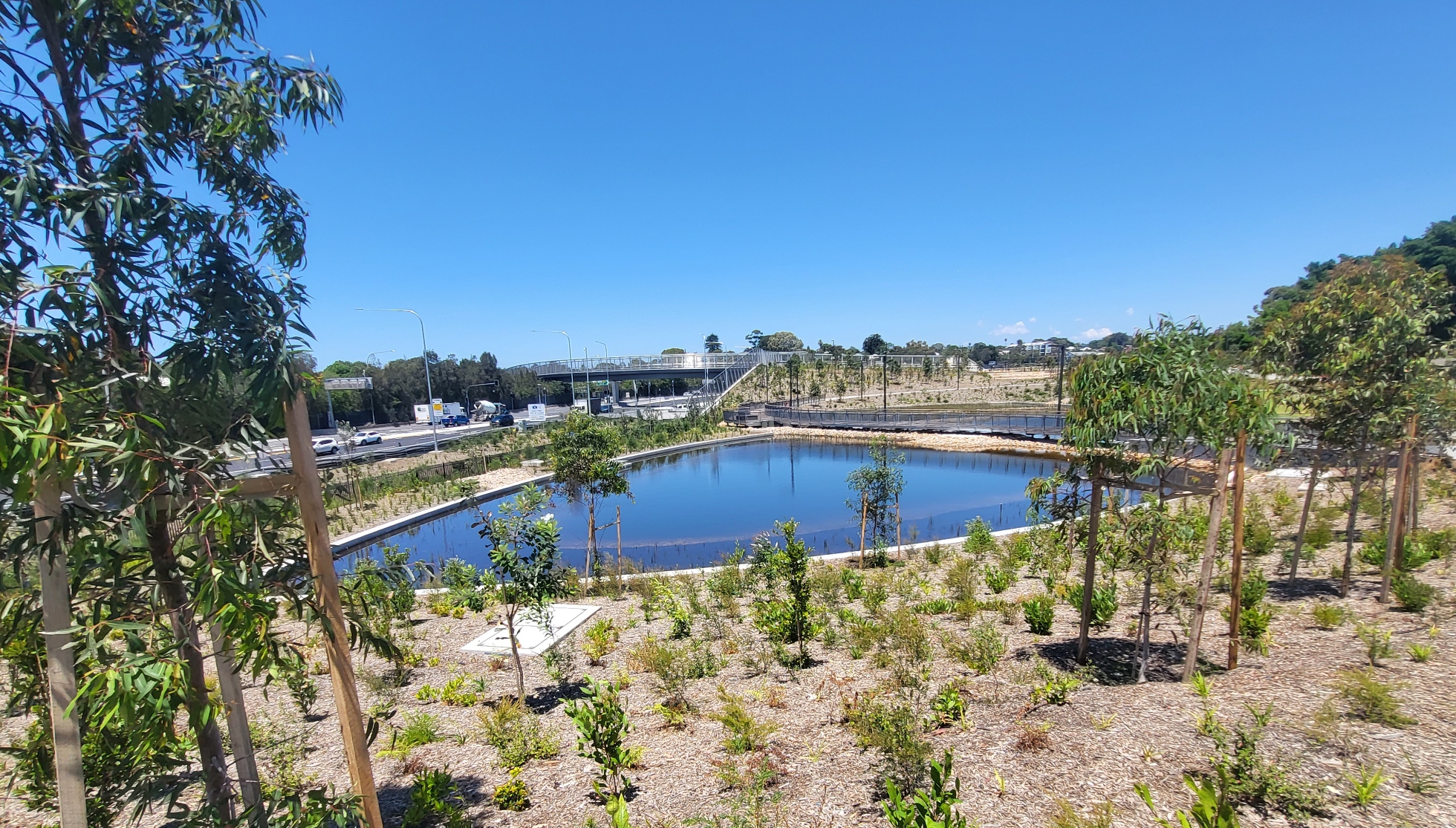
Public backs Aboriginal art for Bennelong Point

By ALLISON HORE
Just under 20,000 people have signed a petition in support of a proposed artwork telling the story of Bennelong and Pemulwuy.
A number of large human and animal figures in the style of traditional Indigenous line drawings would be cut into the sandstone wall next to the Opera House at Bennelong point to tell the story of Sydney’s pre and post colonial history.
Behind the artwork and petition is Bandjalung artist Djon Mundine OAM, who is most famous for his work ‘The Aboriginal Memorial’ which is on display at the National Gallery of Australia. This year he was the recipient of the Red Ochre Award for Lifetime Achievement from the First Nations Arts Awards.
Mr. Mundine told City Hub after coming back from the Northern Territory in the 1980s, he thought Sydney “deserves” a major, iconic, aboriginal artwork.
“A major, iconic aboriginal artwork that’s on permanent display and in a very prominent space, should be in this city,” he said.
“This needs to be a major statement that defines Australia and defines the history of the city.”
For him Bennelong point is the perfect location for such an artwork as “it’s the site of everything.” When he worked at the Museum of Contemporary Art, he would often look across at the Opera House and the sandstone wall sitting behind it from his office window. He thought the location would be perfect to showcase what he says is the traditional art form of the indigenous groups around Sydney- line drawings cut into sandstone.
“I came up with this idea about a piece dealing with living with colonialists. Pemulwuy fought the British and Bennelong seemed to be able to live with them,” he said.
“The Song of Bennelong and Pemulwuy is an artwork which would honour the Aboriginal people living in what is now called the Sydney Basin when the British when the English arrived in 1788.”
Mr. Mundine has lobbied the NSW Government for almost thirty years for this artwork, and Indigenous art in general, to be on display in Sydney as part of the city’s historic narrative. His idea has received letters of support from bodies such as the Botanic Gardens and Metropolitan Land Council, the most recognised Aboriginal organisation in the Sydney Metropolitan Region.
To garner public support for the proposal he created an online petition with the help of his niece. He hopes to get 25,000 signatures and, in two weeks, the petition is already four fifths of the way towards its goal.
Mr. Mundine thinks the Black Lives Matter movement, which has drawn people’s attention to the issue of Indigenous representation in Australia, helped the petition gain traction so quickly.
Recently bronze statues of controversial colonial figures such as captain Cook have come under fire and some have suggested the artworks be taken down or statues of significant indigenous figures be erected by their side. Mr. Mundine, however, questions a colonial art form being used to tell the story of Indigenous people rather than an Indigenous art form.
“The connotation is, academically, people talk about civilisations and they talk about the iron age, the copper age, the bronze age, and that people become more civilised as they develop new types of metal,” he explained.
“Whereas human beings are civilised and they’re intelligent even if they’re just wandering around, going ‘walkabout’. That’s an intelligent and spiritual exercise.”
Rock art also makes a stronger statement in its permanence, Mr. Mundine feels.
“Even the biggest bronze statues can be taken down, these cuttings are permanent,” he said.
When the petition reaches its 25,000-signature target Mr. Mundine will present it to Gladys Berejiklian and the NSW government. He encourages people who “believe in Aboriginal inclusion and the importance of Aboriginal historical narratives” to show their support by signing the petition on change.org.
